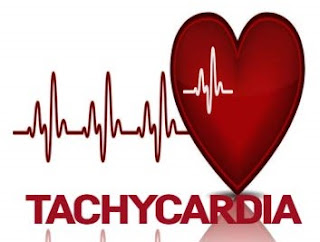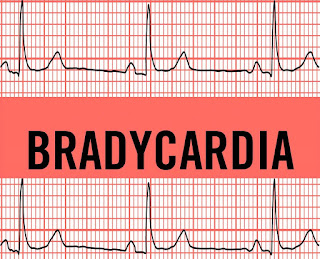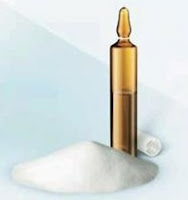Acquired C1 Esterase Inhibitor Deficiency
-This may be a familial or, more
rarely, an acquired disorder involving the complement system.
-The acquired
form is mostly associated with a B-lymphocyte malignancy, and antibodies have
been detected against abnormal immunoglobulins present on the malignant
B-cells. The reaction between the two causes C1 activation, which in turn produces a
secondary reduction in the concentrations of C1, C2, and C4 and reduced
functional activity of the C1 esterase inhibitor.
-This form must be distinguished
from the physical forms of angioedema that occur in response to food, drugs, or
insect bites, or in association with connective tissue disorders.
-Recently, many patients have
developed angioedema in response to treatment with ACE inhibitors, particularly
enalapril and captopril. Substantial increases in plasma bradykinin have been
demonstrated during attacks of hereditary, acquired, and captopril-induced
angioneurotic edema.
Preoperative Abnormalities:
1. Intermittent attacks of
angioneurotic edema that can involve any part of the body, and result from
extravasation of intravascular fluid and protein into subcutaneous and mucosal
structures.
2. As with hereditary angioneurotic edema,
there is a low level of C1 esterase inhibitor, and sometimes life-threatening
episodes of edema of the upper airway may develop in response to stress or
local trauma, particularly dental treatment. However, attacks of edema may
occur without any obvious reason, and recurrent abdominal pain may be a
presenting feature.
3. As with the hereditary form,
epinephrine (adrenaline), antihistamines, and steroids are ineffective for
prophylaxis, and for treatment of these attacks.
4. The two conditions may be
distinguished by the fact that in the acquired form the onset is late, no
family history is elicited, no complement abnormalities are found in the
patient’s blood relatives, and the underlying malignancy may already have been
diagnosed.
5. Differentiation may now be made
on measurement of the C1q subunit of C1; patients with acquired deficiency have
a decreased level of C1q, compared with those with the hereditary form, in whom
the C1 level is normal.
Anesthetic Problems:
1. Tracheal intubation and
manipulation of the upper airway may precipitate local angioneurotic edema, for
which treatment with epinephrine (adrenaline), steroids, and antihistamines is
ineffective. Edema may also occur after dental extractions.
2. Although tranexamic acid has been
recommended to prevent attacks in both forms, venous thrombosis has been
reported after its prophylactic use during surgery in the acquired disease.
Management:
1. Progestogen derivatives: Increase
the hepatic synthesis of a C1 esterase inhibitor. Its prophylactic value is acquired and hereditary disorders have been reported.
a) Danazol (200 mg TDS) should be given
preoperatively but may take several days to become effective.
b) Stanozolol (0.5–8 mg/day) can
also be used.
-The lower levels will be required
for maintenance, whilst higher levels may be needed in the initial stages. A
patient with autoimmune C1 EI, who was known to be carrying a male fetus, was
given short-term therapy at 40 weeks of gestation.
2. Tranexamic acid: It should be
avoided in the acquired form, especially in the presence of a thrombocytosis.
3. Fresh frozen plasma, and C1
esterase inhibitor concentrate: Used as preoperative prophylaxis and treatment.
Read more ☛ Angioneurotic Edema





































